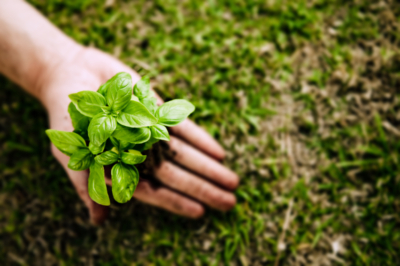Against boredom on the plate has grown a herb called basil. The tropical king herb is well known to gourmets and hobby gardeners. Get acquainted here via a fact sheet with interesting details regarding botany and cultivation.

Botanical profile provides valuable information on cultivation.
When basil makes its debut in the bed or on the balcony, experienced amateur gardeners first take a look at the botanical attributes. Substantial information on which successful cultivation is based is hidden here:
- Plant family Labiates
- Genus basil (Ocium) with more than 60 species
- origin India, Africa and Asia
- perennial or annual herb plant
- growth heights from 20 to 60 centimeters
- white lip flowers from July to September
- 1-2 millimeter small ovaries with light germinating seeds
- minimum temperature 10-12 degrees Celsius
- deep rooter
- highly nutritious
- rich in essential oils
It is primarily the high content of essential oils that defines the worldwide popularity of basil. Above all, estragole with up to 90 percent and linalool with up to 85 percent. The former is currently suspected of being carcinogenic. If at all, the health hazard occurs from a quantity of 20 leaves of basil. In contrast, linalool is considered a good-mood substance by Mother Nature.
How to benefit from the cultivation of basil fact sheet.
From the information in the fact sheet seamlessly result in these findings for the successful cultivation of royal herb in the hobby garden:
- do not cover the seeds with substrate during sowing
- germination requires temperatures of 20-25 degrees Celsius
- planting is possible only from the middle of May, when the temperatures rise
- the only suitable location is a sunny, warm, sheltered position
- the soil should be nutrient-rich and well-drained
- The botanical attributes suggest that basil depends on regular administration of fertilizer and water. If temperatures drop below 10 degrees Celsius, basil is tucked away in a warm, bright winter quarters. In view of its tropical origin, however, perennial cultivation is associated with considerable risks.
Tips & Tricks
What the fact sheet does not immediately reveal is the loss of the wonderful aroma of basil leaves after flowering. Therefore, so that prudent care results in a long-lasting harvest, the tips of the shoots should be consistently cut off.

